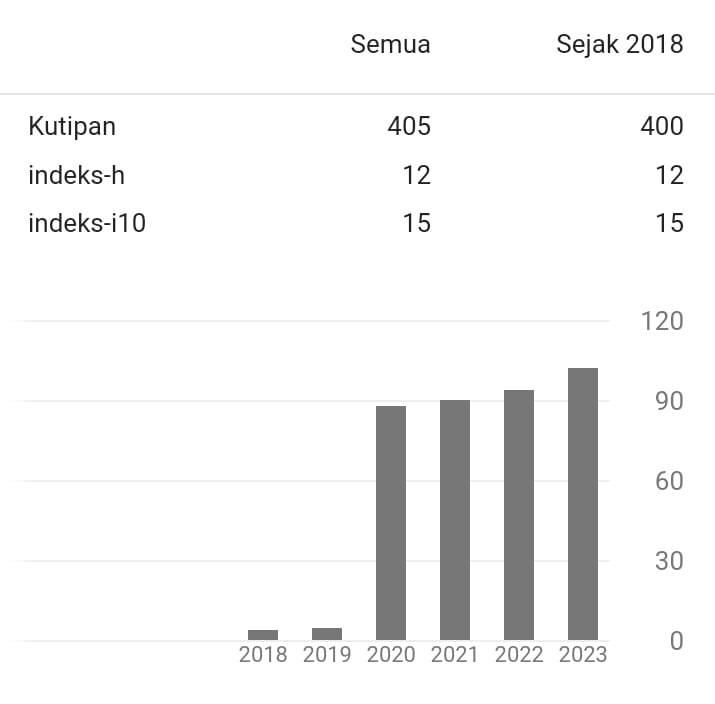PRACTICUM ANALYSIS OF JUNIOR HIGH SCHOOL MATHEMATICS TEACHING BOOK WITH COMIC ILLUSTRATION WITH JAMBI CULTURAL CONTEXT
DOI:
https://doi.org/10.51499/cp.v5i2.263Keywords:
Analysis, Math Textbook, Comic, Jambi Cultural.Abstract
This study aims to describe the practicality of a comic-illustrated junior high school mathematics textbook with the Jambi cultural context that has been developed. The type of research carried out is development research using the ADDIE model which focuses on the practicality of the product. The research subject to see the practicality of this product is seen from the responses of 2 teachers and 12 students. The research instrument consisted of individual test mathematics textbook practicality sheets (Teacher Response Questionnaire), and small group mathematics textbook practicality sheets (student response questionnaire). Suggestions and comments on teacher and student questionnaire responses to junior high school mathematics textbooks were analyzed descriptively, while data were analyzed descriptively quantitatively. The results of this study indicate that the trial is limited to 2 junior high school mathematics textbook teachers with Jambi cultural context comics who meet the practice criteria, with an average score proportion of 77.50%. While the results of the trial were limited to 12 students (student responses perception questionnaire) meeting the very practical criteria with an average percentage of 86.27%. So it can be said that the product in the form of a junior high school mathematics textbook with comics in the context of Jambi culture meets the practical criteria and is feasible to apply.
Downloads
Downloads
Published
How to Cite
Issue
Section
License
COPYRIGHT NOTICE

This work is licensed under a Creative Commons Attribution 4.0 International License.







